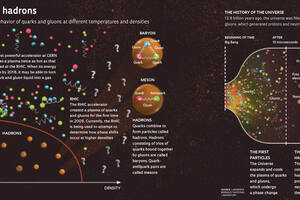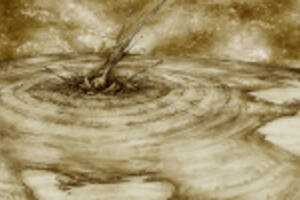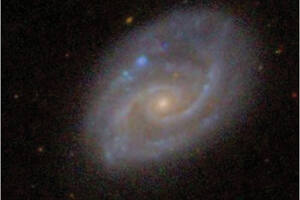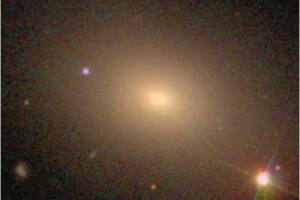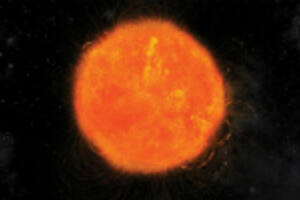Astronomy
Satellite

Brazil wants to move up CBERS-4 launch
Brazil and China discuss earlier assembly and launching of CBERS-4
By Redação
Astrophysics
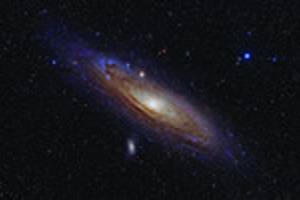
More nitrogen in a cluster
Stars of different ages form the oldest collections of matter in galaxies
More precise measuring
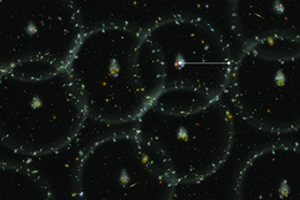
A yardstick for the universe
Distances between galaxy clusters throw light on dark energy
By Redação
Comets

Amino acid source
Collision with a rocky planet may have generated the first amino acids
By Redação
Lunar atmosphere

In Search of Moon Dust
NASA plans to send manned missions to the Moon to collect data
By Redação
movement of Mercury

Coincidences on Mercury
Astronomers explain Mercury's celestial movement
By Redação
Astronomy
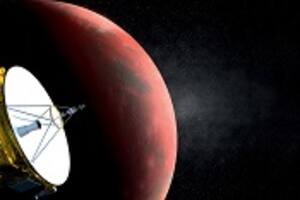
Danger near Pluto
Brazilians are involved in assessing risk for the space probe New Horizons
Astrophysics
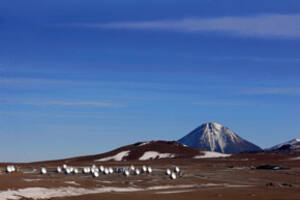
Sentinel in the cosmic darkness
Super radio telescope is looking for the earliest stars in the Universe
Brian Schmidt
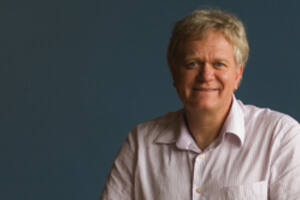
Brian Schmidt: The dark energy enigma
New methods are needed to measure the composition of the Universe
Beatriz Barbuy

Beatriz Barbuy: In the wake of the first stars
Astrophysics talks about the formation of the first stars of the Milky Way
By Marcos Pivetta and Ricardo Zorzetto
Memory

Under the skies of Bahia
Valentin Stansel’s astronomy observations were mentioned in Newton’s Principia
By Redação
João Evangelista Steiner
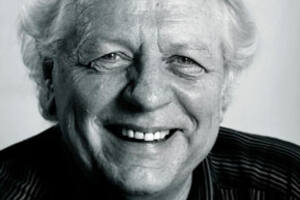
João Evangelista Steiner: Astronomical leaps
USP's astrophysical talks about changes in Brazilian astronomy
By Marcos Pivetta and Neldson Marcolin
Evolution of the galaxy

The heart of the Milky Way
Survey of stars reconstitutes the central region of the galaxy
Ask the researchers
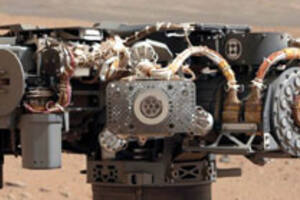
Ask the researchers
How does the laser spectrometer on the Mars Curiosity rover work?
Nobel
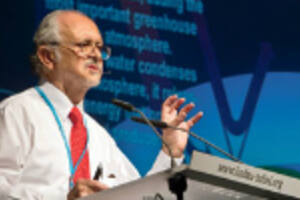
Meeting of Nobel laureates
City brings together laureates to inspire new generations of scientists
What is it?

What is it?
Solar flares
Pierre Auger Observatory

Cosmic Rays, Still an Enigma
Analysis of highest-energy particles moves forward



